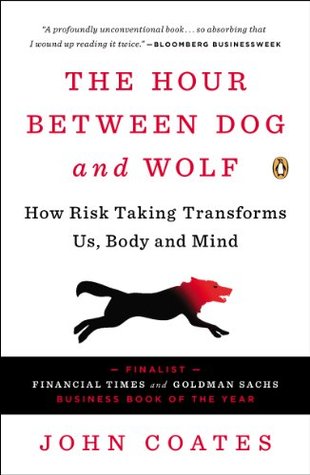Levenson and Ekman found that by moving their facial muscles alone, without any emotive input, the subjects had come to feel the mood portrayed on their faces. Extraordinary research. In fact, just as William James had predicted. He too recognized that muscles can communicate an emotional feeling to the brain. Even when our muscles appear outwardly unchanged, he wrote, “their inward tension alters to suit each varying mood, and is felt as a difference of tone or of strain. In depression the flexors tend to prevail; in elation or belligerent excitement the extensors take the lead.”
Welcome back. Just a moment while we sign you in to your Goodreads account.


